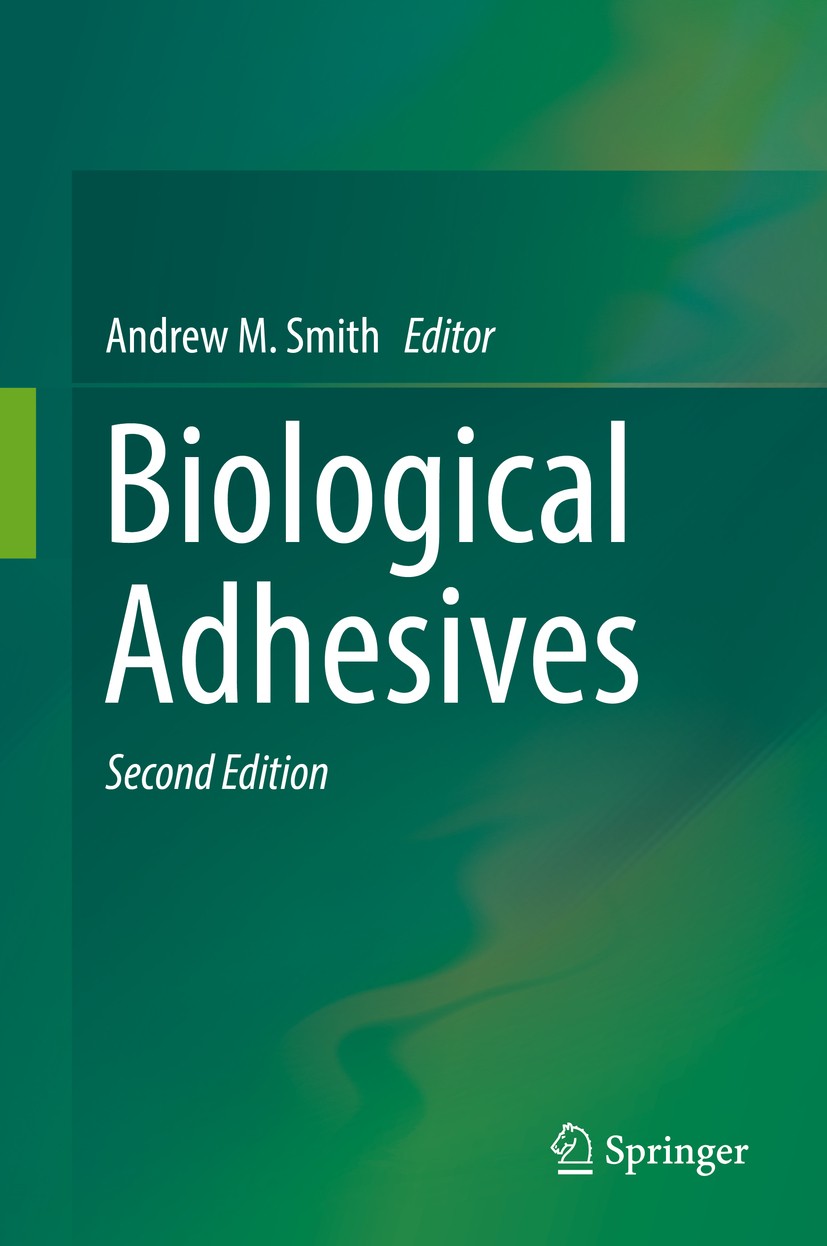| 期刊全称 | Biological Adhesives | | 影响因子2023 | Andrew M. Smith | | 视频video | http://file.papertrans.cn/188/187295/187295.mp4 | | 发行地址 | A fully revised and expanded new edition.Now also covers adhesives from mussels, spiders and ivy.Of great interest for applications in medicine, dentistry, and biotechnology | | 图书封面 |  | | 影响因子 | .This book reviews the structure of different biological adhesives and the mechanisms by which they achieve interfacial adhesion, cohesive strength, and fracture toughness. These adhesives include cements, strongly adherent fibrous holdfasts, tough and flexible adhesive gels, energy-dissipating adhesive tapes, nanoparticle-based adhesives, hierarchically structured nanoarray adhesives and a wide variety of viscous, sticky secretions.. Biological adhesives are complex biomaterials that have evolved to meet a wide variety of functional demands, and which range from the micro- to the macro-scale. Some adhesives set rapidly, while others set over longer periods of time; others can readily detach and reattach to allow movement and to manipulate objects, while yet others have the ability to self-heal after sustaining damage.. Recent technological advances have expanded our ability to characterize these materials. Analyzing the physical and molecular structure, processing, chemical interactions and mechanical properties of these adhesives has yielded novel insights, which this new edition discusses in detail. These insights are likely to inform and guide the biomimetic development of new | | Pindex | Book 2016Latest edition |
The information of publication is updating

|
|
 |Archiver|手机版|小黑屋|
派博传思国际
( 京公网安备110108008328)
GMT+8, 2025-12-18 01:12
|Archiver|手机版|小黑屋|
派博传思国际
( 京公网安备110108008328)
GMT+8, 2025-12-18 01:12


